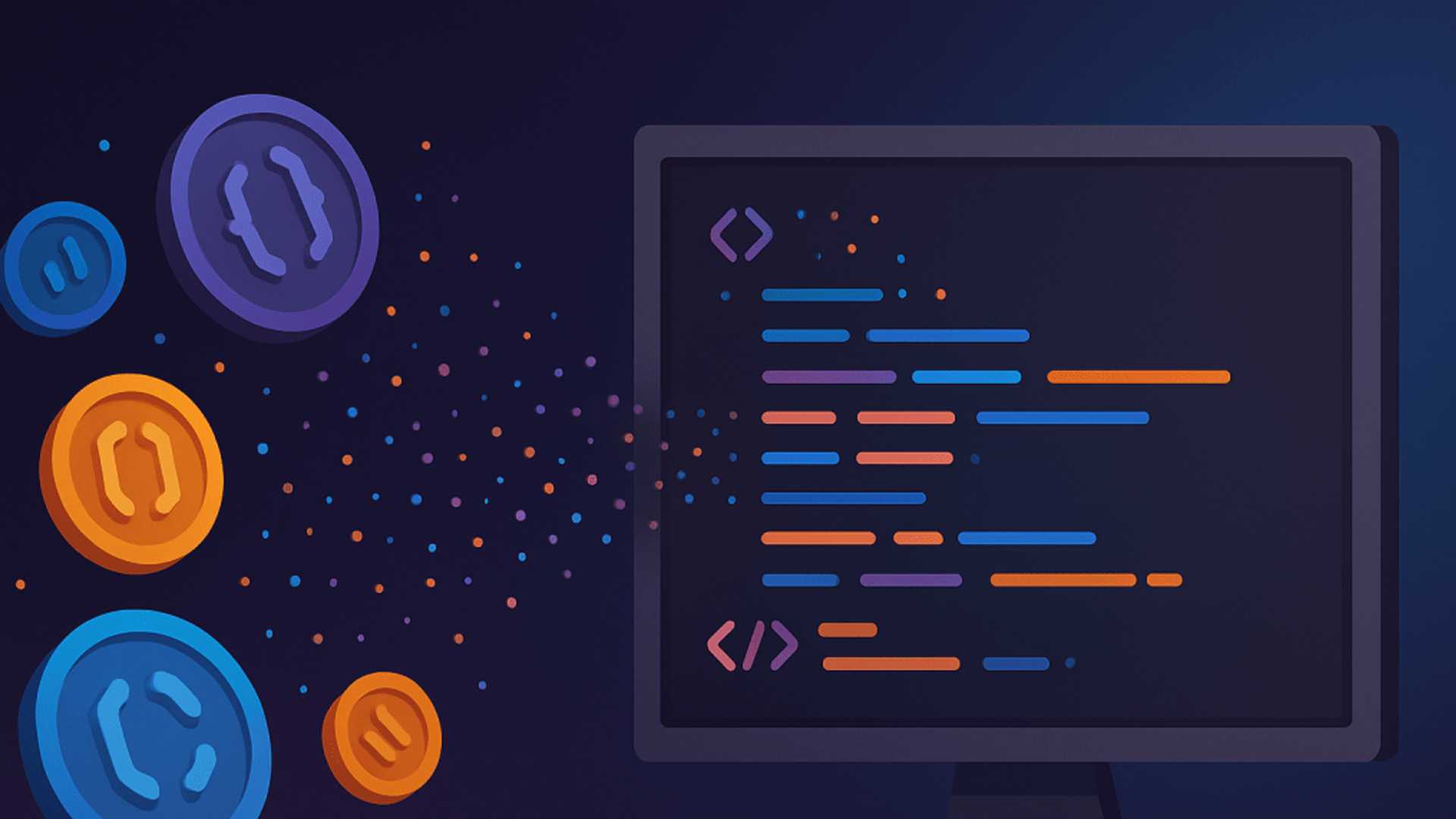Beyond GPT architecture: Why Google's Diffusion approach could transform language models
Last month, Google DeepMind unveiled Gemini Diffusion, an experimental research model that utilizes a diffusion-based approach to generate text. This innovative model represents a shift away from traditional autoregressive models like GPT, offering a new way to approach natural language generation.
The Difference Between Diffusion and Autoregression
Autoregressive models, such as GPT, generate text sequentially, predicting one token at a time. While effective in maintaining coherence and tracking context, this approach can be computationally intensive and slow, particularly for longer pieces of content. Diffusion models, on the other hand, start with random noise and progressively refine it into a coherent output. This method allows for parallel processing of text blocks, significantly increasing generation speed while improving coherency and consistency.

Gemini Diffusion, the latest experimental model by Google DeepMind, demonstrates the potential of this approach. It boasts a remarkable speed of generating 1,000-2,000 tokens per second, outperforming previous models like Gemini 2.5 Flash. Additionally, the iterative refinement process in diffusion models enables the correction of generation errors, enhancing accuracy and reducing hallucinations.
Training a Diffusion Language Model
During training, diffusion language models corrupt sentences with noise over multiple steps, gradually rendering the original text unrecognizable. The model is then trained to reverse this process, reconstructing the sentence from noisy versions. This iterative refinement allows the model to learn the distribution of plausible sentences in the training data.

Once trained, a diffusion model can generate new sentences by shaping noise into coherent text based on specific conditions or inputs. This process enables the model to produce structured and meaningful text output.
Advantages of Diffusion Techniques
Brendan O’Donoghue, a research scientist at Google DeepMind, highlights the advantages of diffusion-based techniques over autoregression. These benefits include faster generation speed, improved accuracy through error correction, and the ability to handle non-local consistency in tasks like coding and reasoning.
Comparing Gemini Diffusion
Google reports that Gemini Diffusion's performance is comparable to Gemini 2.0 Flash-Lite, showcasing promising results across various benchmarks. While diffusion models excel in coding and mathematics tests, autoregressive models like Gemini 2.0 Flash-lite show strengths in reasoning, scientific knowledge, and multilingual capabilities.

Testing Gemini Diffusion
In a performance test conducted by VentureBeat, Gemini Diffusion demonstrated impressive speed and efficiency in generating text. With applications in real-time scenarios like conversational AI, chatbots, and live transcription, diffusion models offer a compelling solution for applications requiring quick response times.
As DLM technology continues to evolve, models like Gemini Diffusion hold the potential to revolutionize language generation, offering increased speed and accuracy compared to traditional autoregressive architectures.
Joining a growing ecosystem of diffusion-based models, Gemini Diffusion represents a significant step forward in natural language generation technology. As more models like Mercury and LLaDa emerge, diffusion-based approaches offer a scalable and parallelizable alternative to traditional autoregressive models.




















